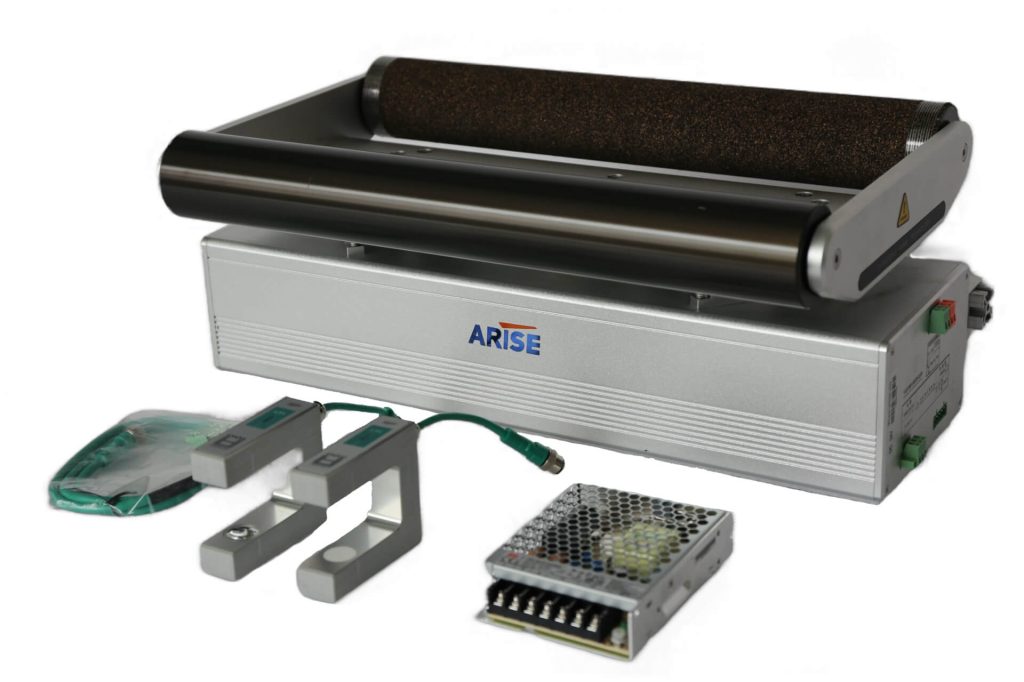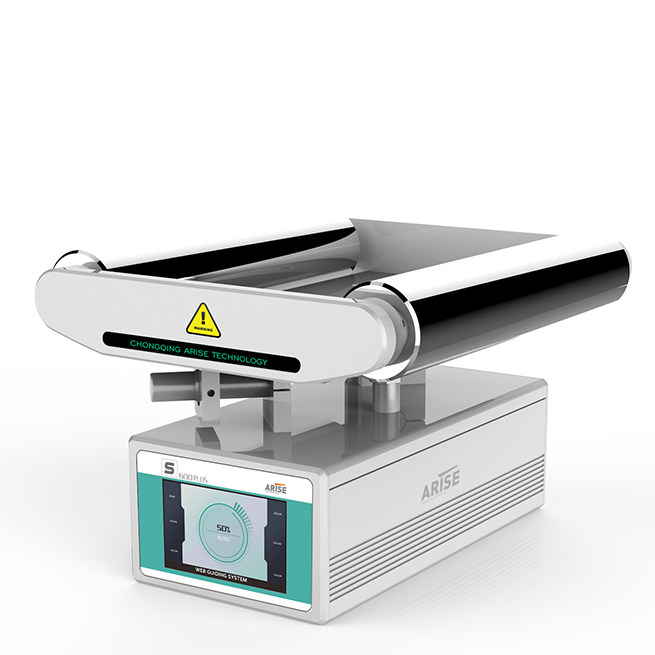The Rise of Smart Web Guide Systems: A Significant Advancement
With the advent of smart technology, traditional web guide systems have undergone a transformative evolution into smart web guide systems. These advanced systems, empowered by artificial intelligence (AI) and automation, herald a new era of unparalleled accuracy, adaptability, and efficiency in web guiding. Let’s delve into the intricacies of smart web guide systems and their revolutionary impact on modern manufacturing.

Key Techniques of Smart Web Guide Systems
1. Harnessing Artificial Intelligence
At the heart of smart web guide systems is artificial intelligence (AI), which allows robots to learn from data, adapt to changing conditions, and make autonomous judgments. AI algorithms evaluate real-time sensor data to discover web alignment errors and automatically alter guide mechanisms to remedy them. This proactive strategy not only ensures accurate alignment, but also reduces waste and downtime, resulting in considerable gains in productivity and efficiency.
2. Adaptive Machine Learning
Smart web guide systems use adaptive machine learning algorithms to learn and evolve over time. These systems improve their performance over time by studying past data and user feedback, adjusting guide settings for different materials, speeds, and environmental conditions. This adaptive learning feature allows smart web guide systems to adapt to changing production requirements while maintaining peak performance with minimal manual intervention.
3. Predictive Analytics for Proactive Maintenance
One of the primary advantages of smart web guide systems is their capacity to anticipate and prevent maintenance issues before they occur. These systems can detect possible problems early on by monitoring sensor data and equipment performance parameters, such as component wear or misalignment. Predictive analytics algorithms forecast maintenance needs and alert operators to take preemptive action, minimizing unplanned downtime and extending equipment lifespan.
4. Real-Time Monitoring and Optimization
Smart web guide systems provide real-time monitoring of web alignment and tension, offering operators valuable insights into process performance. Advanced visualization tools and dashboards display key metrics and performance indicators, enabling operators to monitor system status and make informed decisions. Additionally, real-time optimization algorithms continuously adjust guide settings to maximize performance and efficiency, ensuring optimal web alignment and tension control throughout the production process.

5. Enhanced Integration and Connectivity
In the era of Industry 4.0, connectivity and integration are essential components of smart manufacturing systems. Smart web guide systems seamlessly integrate with existing production equipment and enterprise systems, facilitating data exchange and interoperability. By connecting with upstream and downstream processes, these systems enable end-to-end visibility and control, optimizing workflow efficiency and streamlining production operations.
6. Advanced Control Algorithms
Advanced control algorithms, such as proportional-integral-derivative (PID) controllers and model predictive controllers (MPC), enable precise adjustment of guide mechanisms to maintain desired web alignment and tension. These algorithms leverage sensor data and feedback mechanisms to continuously optimize guide settings for optimal performance.
7. Human-Machine Interface (HMI)
Intuitive user interfaces and visualization tools provide operators with real-time insights into system performance and status. HMI features include dashboards, alerts, and diagnostic tools that enable operators to monitor and manage web guiding processes effectively.
8. Energy Efficiency Optimization
Smart web guide systems incorporate energy-efficient components and optimization techniques to minimize energy consumption. Regenerative braking systems, low-friction components, and intelligent control algorithms help reduce energy waste and operating costs while maintaining precise web control.
9. Fault Tolerance and Redundancy
Smart web guide systems may employ fault-tolerant design principles and redundancy mechanisms to ensure system reliability and uptime. Redundant sensors, actuators, and control circuits provide backup capabilities in case of component failures or system malfunctions, minimizing the risk of production interruptions.
10. Remote Monitoring and Diagnostics
Remote monitoring and diagnostics capabilities allow operators to view and troubleshoot smart web guide systems from any location, via connected devices or centralized control centers. This remote accessibility facilitates proactive maintenance, troubleshooting, and optimization of web guiding processes, even from remote locations.

Benefits of Smart Web Guide Systems
- Precision and Accuracy
Smart web guide systems offer unparalleled levels of precision and accuracy, ensuring consistent web alignment and tension control.
- Efficiency and Productivity
By minimizing waste, downtime, and manual intervention, smart web guide systems enhance productivity and efficiency.
- Operator Convenience
User-friendly interfaces simplify operation, allowing operators to easily adjust and monitor alignment.
- Adaptability and Flexibility
Adaptive learning algorithms allow smart web guide systems to respond to changing production requirements and optimize performance in real time.
Conclusion
Smart web guide systems are a significant improvement in the field of web guiding, providing unprecedented levels of precision, efficiency, and automation. As smart manufacturing evolves, smart web guiding systems will become increasingly important in boosting innovation and competitiveness across a variety of industries.

